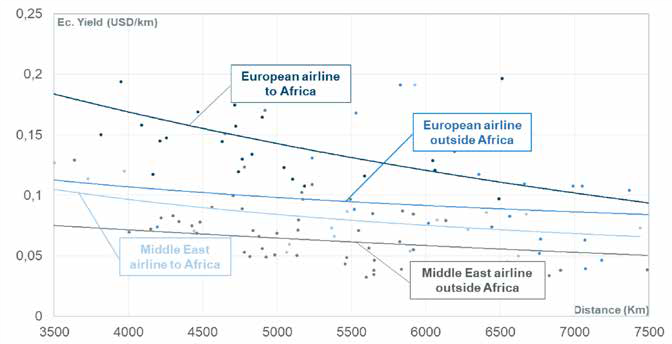By zainab.joaque@awokonewspaper.sl
Freetown, SIERRA LEONE – A new report from the African Development Bank (AfDB), titled “Liberalization of Air Transport in Africa: 2019’s Status and Way Forward,” sheds light on the significant internal disparities within the African aviation market. The report underscores how high airport taxes, fees, and charges are major impediments to traffic growth across many African countries.
According to the report, while North Africa’s figures align with global averages, other regions on the continent report significantly higher costs compared to Asia, Europe, and the Middle East. These elevated costs are limiting the competitiveness of African airlines and hindering market development.
The AfDB report suggests that with the right policies, increased air traffic could compensate for the reduction in unitary charges and taxes, potentially boosting overall revenues for local governments, institutions, and the regional aviation industry.
Significant regional disparities are highlighted, with North Africa exhibiting yield levels comparable to international standards, partly due to the presence of established airlines and the influence of European low-cost carriers (LCCs) under the EU-Morocco Open Skies agreement. In contrast, Central Africa, which has the lowest levels of internal connectivity, reports a yield curve much higher than the African average. This regional imbalance places African airlines at a competitive disadvantage compared to their international counterparts. The International Air Transport Association (IATA) has noted that Africa remains one of the weakest regions globally, despite some recent improvements.
The report points out that African airlines face breakeven load factors that are among the lowest worldwide. Many airlines in the region struggle to achieve adequate load factors, contributing to financial difficulties. The cost per available seat kilometre (CASK) for African airlines is 100-120% higher than that of low-cost carriers, exacerbating their financial challenges. Although low-cost carriers are beginning to enter Africa’s regional market, their presence is still limited, making the continent one of the final frontiers for the global LCC sector.
The AfDB report aims to evaluate the current state of air transport liberalization in Africa and assess the implementation of the Single African Air Transport Market (SAATM) provisions by African states. It provides a comprehensive overview of air transport connectivity across intercontinental, continental, and regional levels, and recommends necessary actions and reforms for governments, regional organizations, and private sector stakeholders to advance SAATM implementation.
The findings emphasize the urgent need for reforms to overcome the barriers stifling the aviation sector’s growth, advocating for a coordinated liberalization approach that could unlock Africa’s air transport potential. This study is part of the Bank’s broader Economic and Sector Work initiative, which supports the aviation sector by providing frameworks and guidelines to enhance connectivity across the continent.
The AfDB continues to play a vital role by working with governments, regional bodies, and industry stakeholders to address financing gaps in the sector. The report highlights that reducing locally imposed charges can lower air transport costs, stimulate demand, and benefit all parties involved in the aviation ecosystem. ZIJ/10/9/2024

